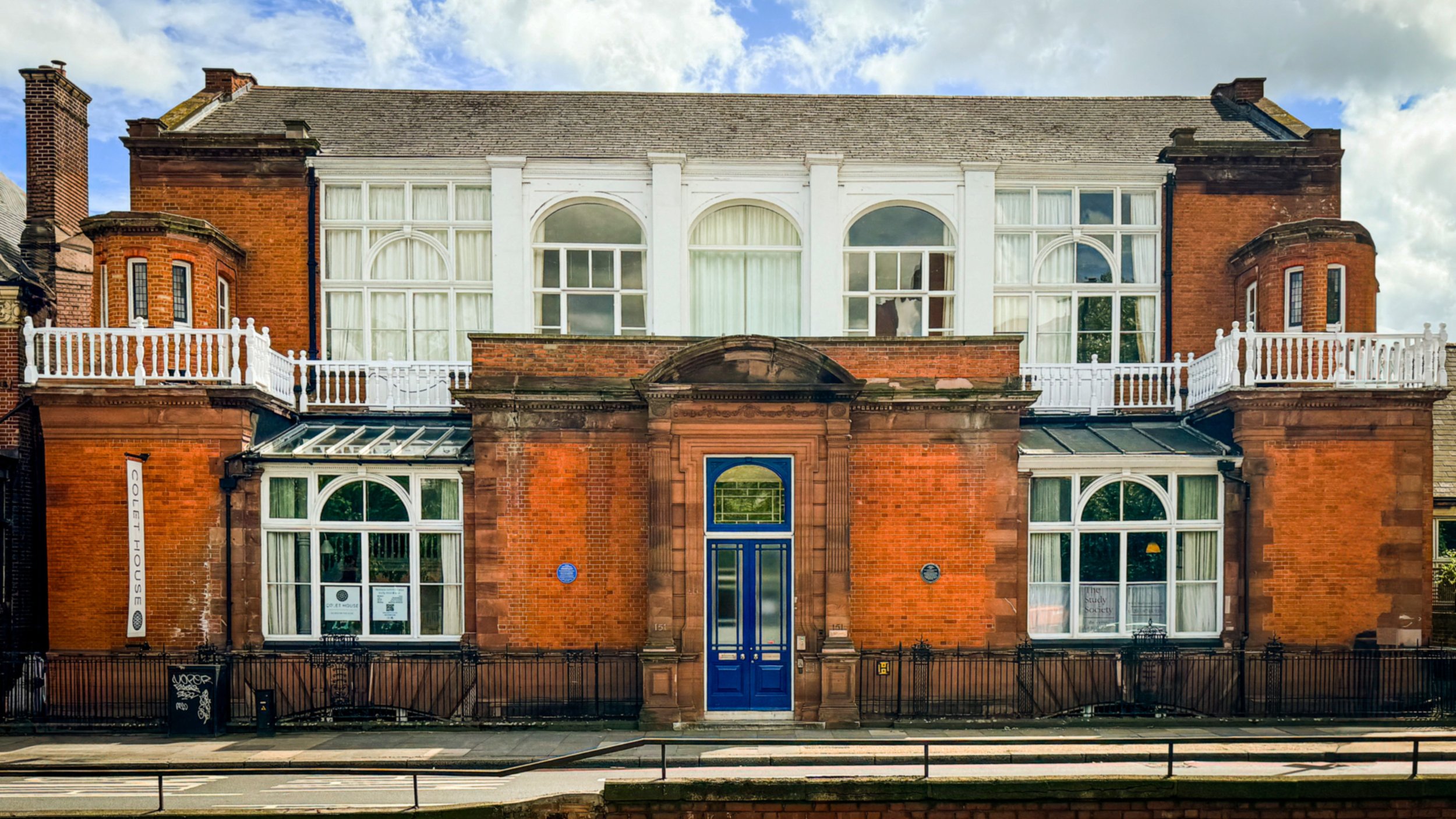
WELCOME TO
Colet House
A spiritual gateway in the centre of London since 1951
Welcome to Colet House, a place where you can find rest and refreshment amidst the hustle and bustle of everyday life. We share practical ways to help further inner peace, happiness and spiritual growth.
📍 Home of The Study Society
Welcome to Sacred Saturdays.
Every Saturday
In the rush of city life, we invite you to rest & refresh, and dedicate a day to nurturing your body, mind, and soul.
Each Saturday is thoughtfully designed to offer a unique blend of activities, fostering rest, renewal, and a sense of community.
Join us, and let your Saturday become sacred!








